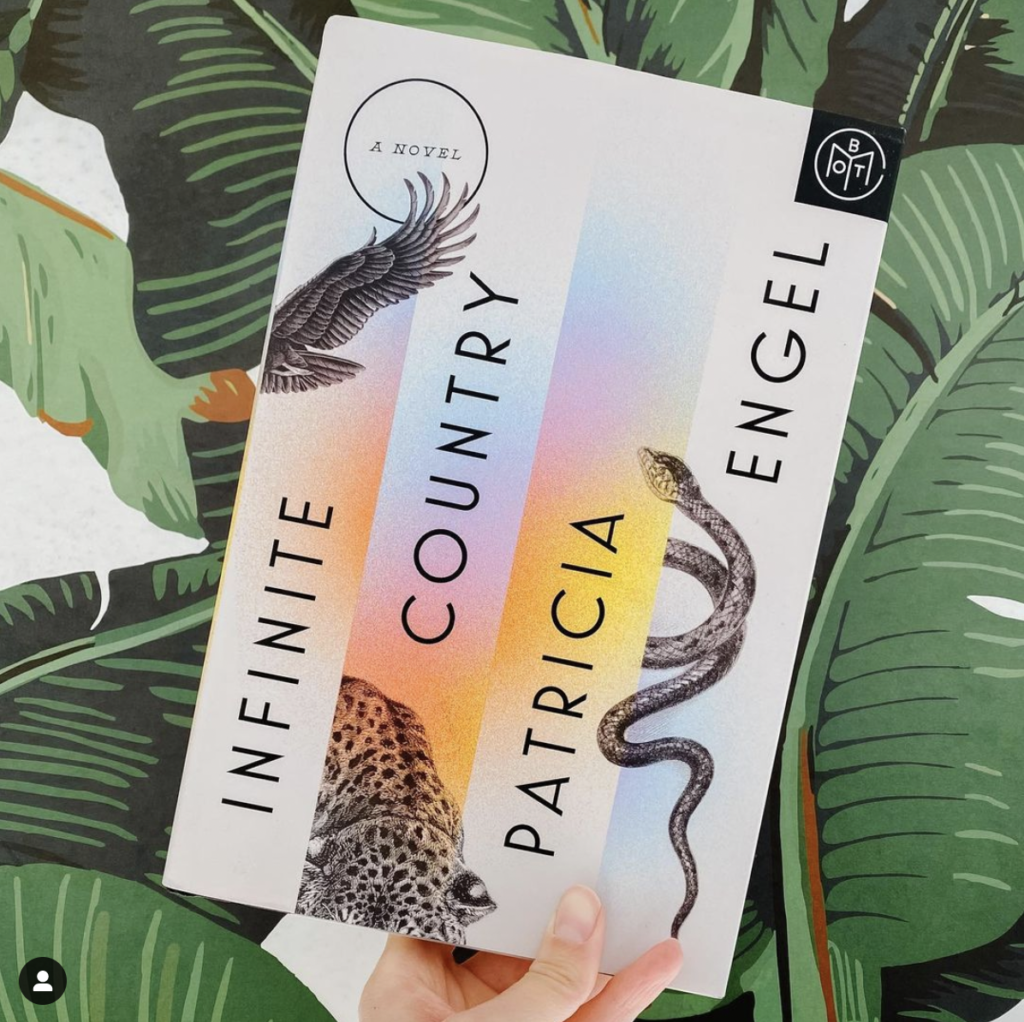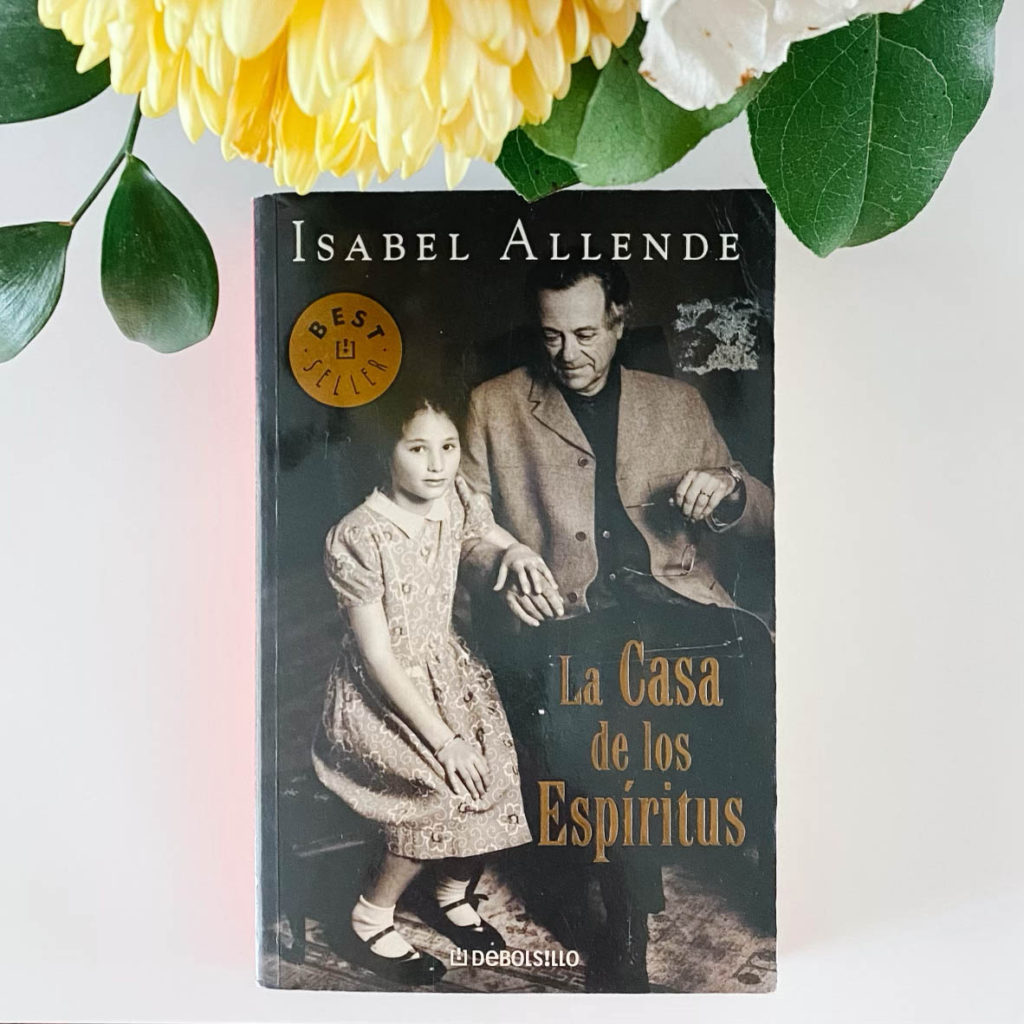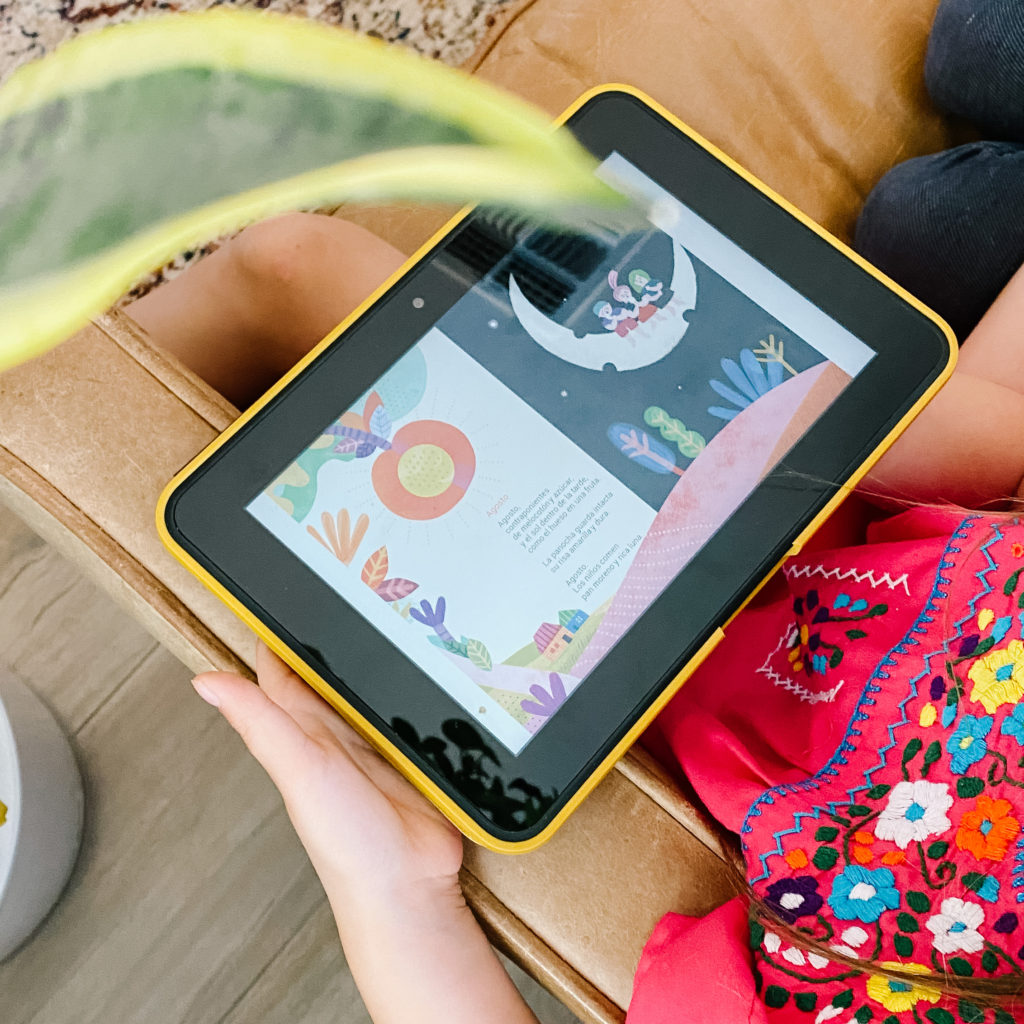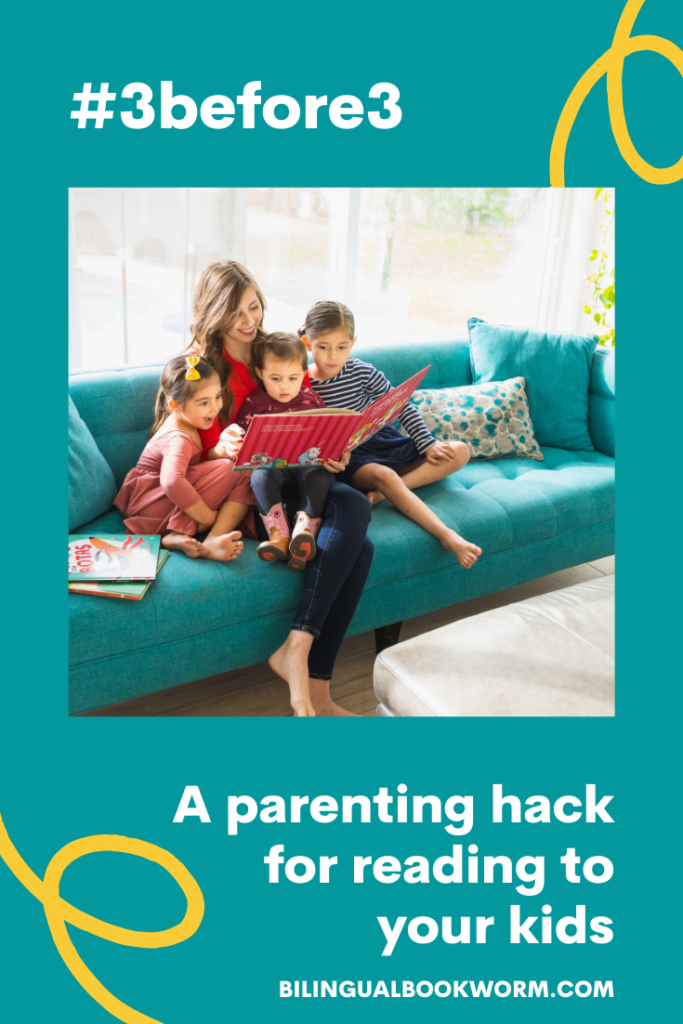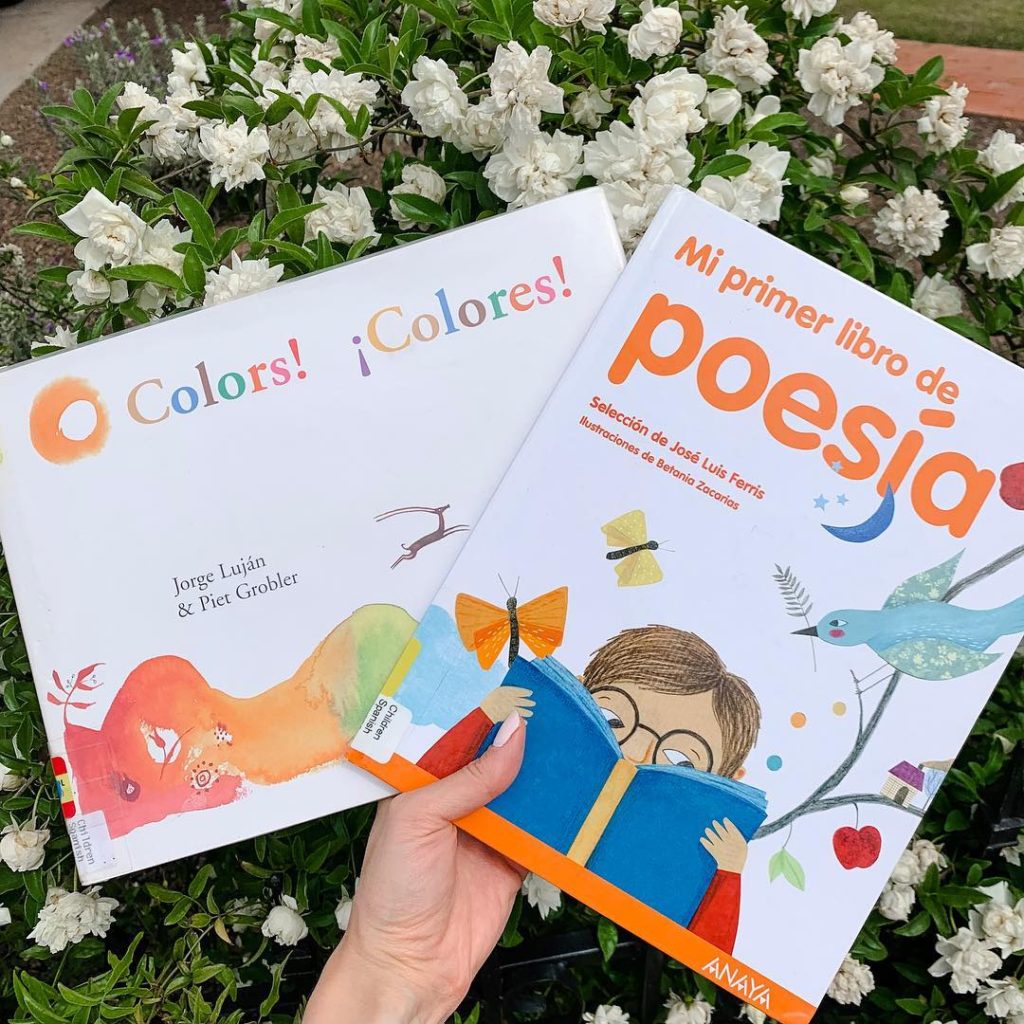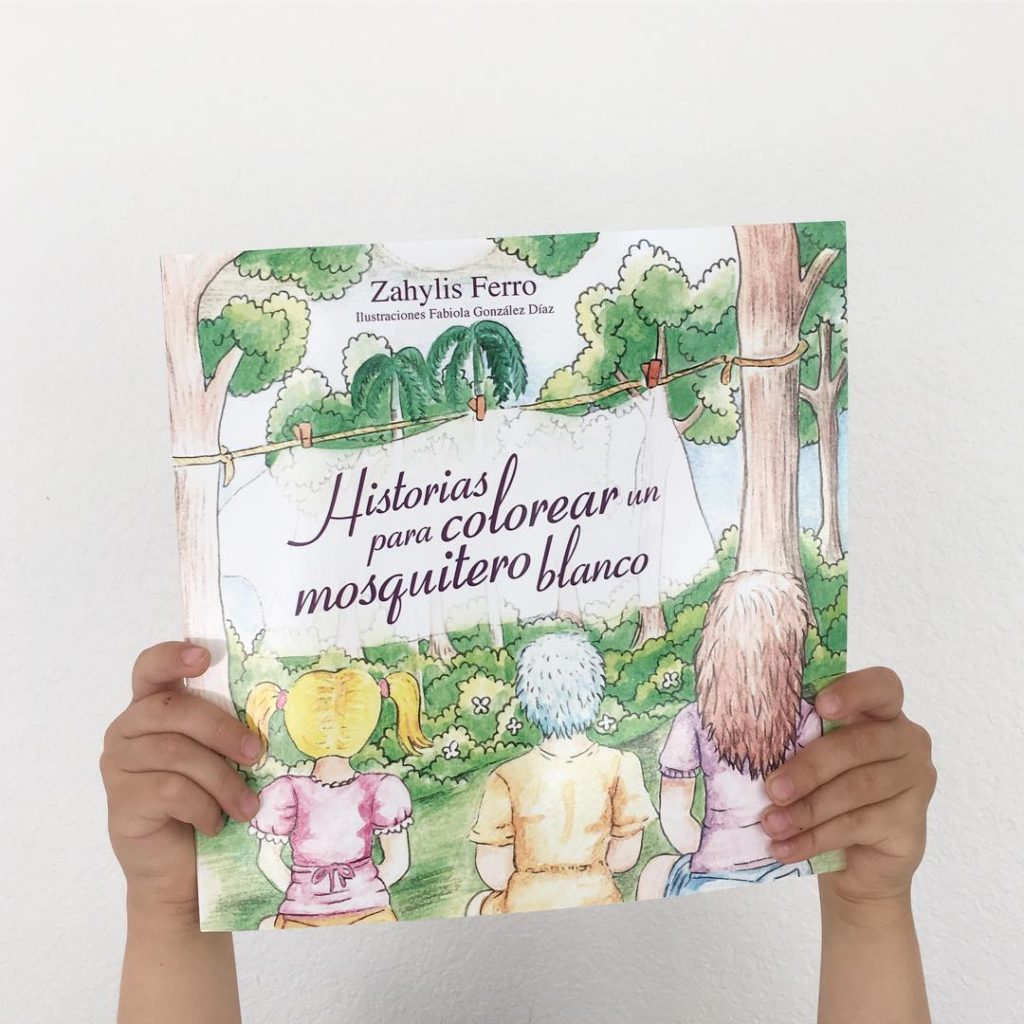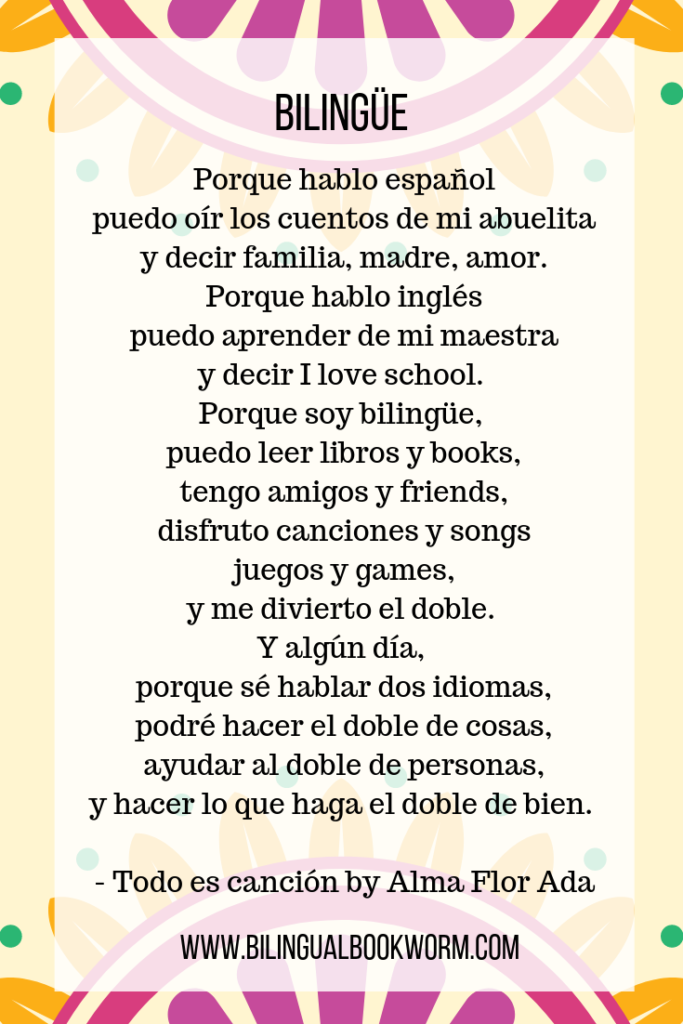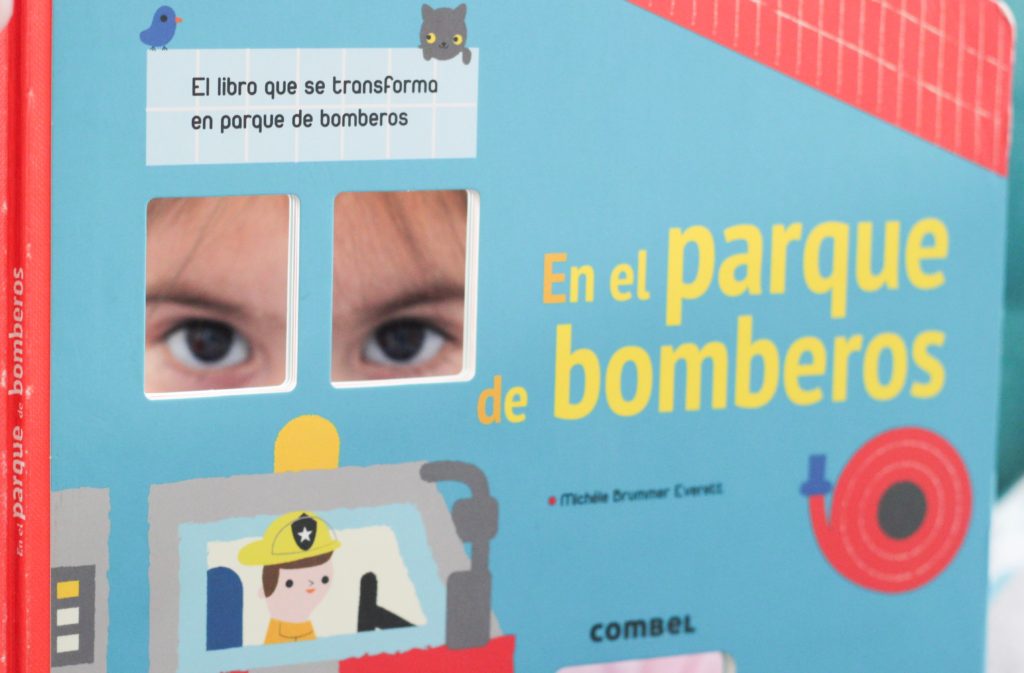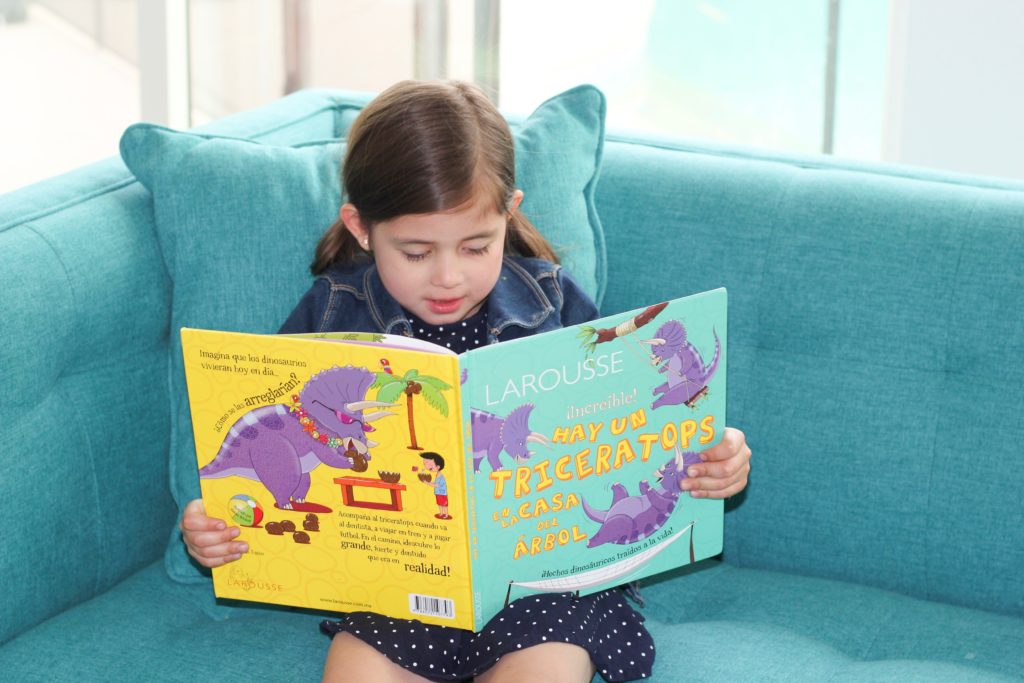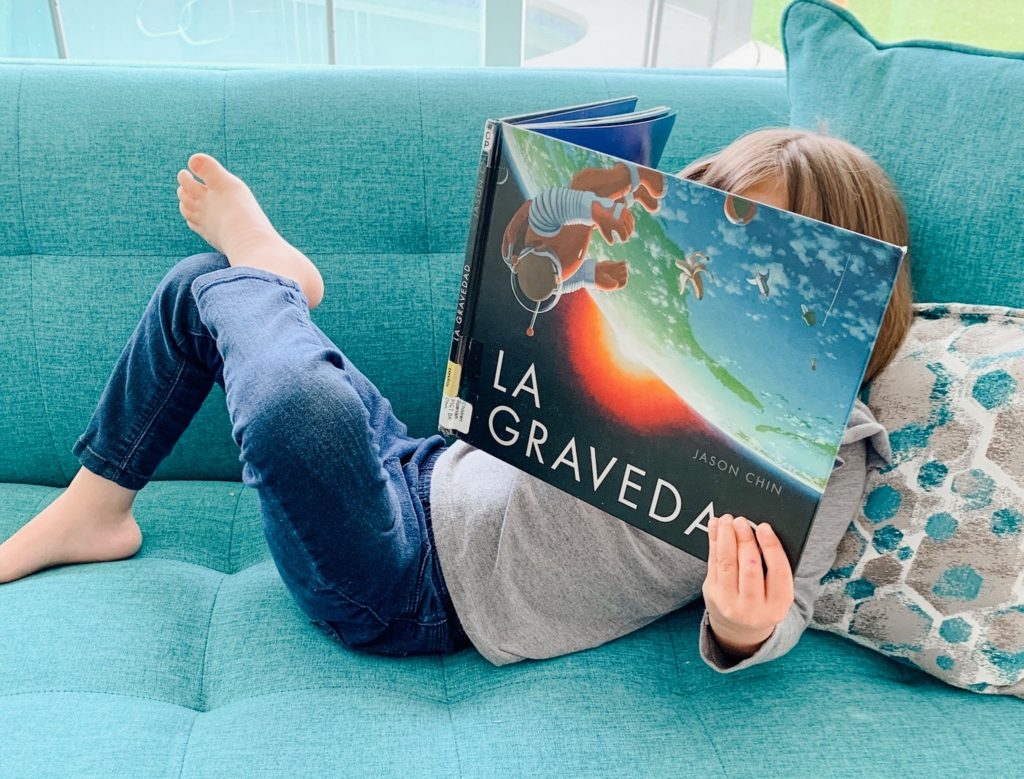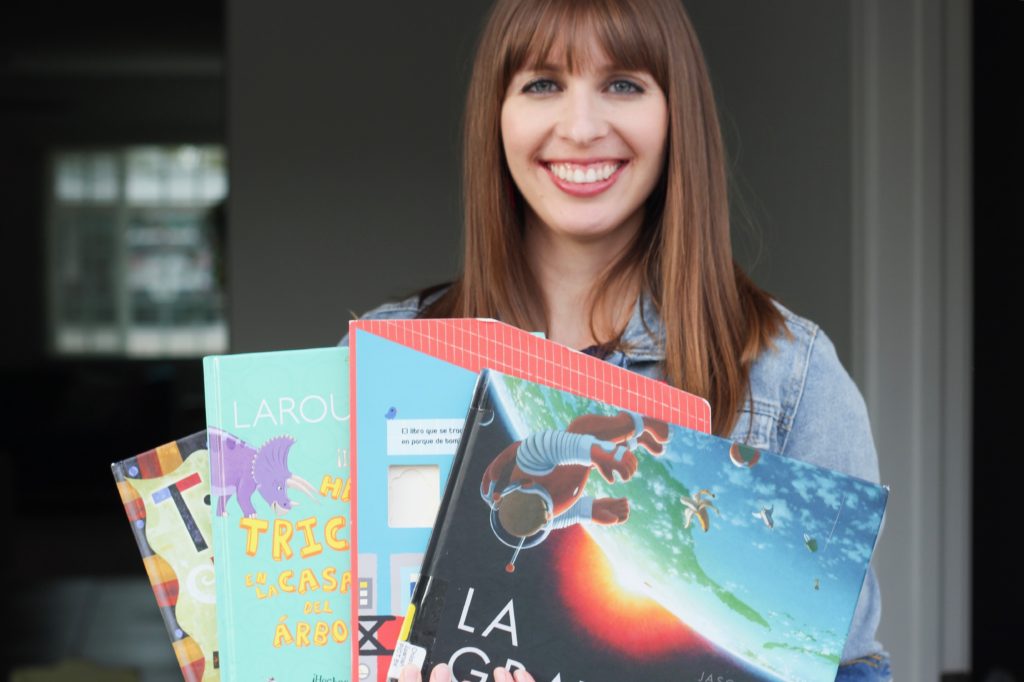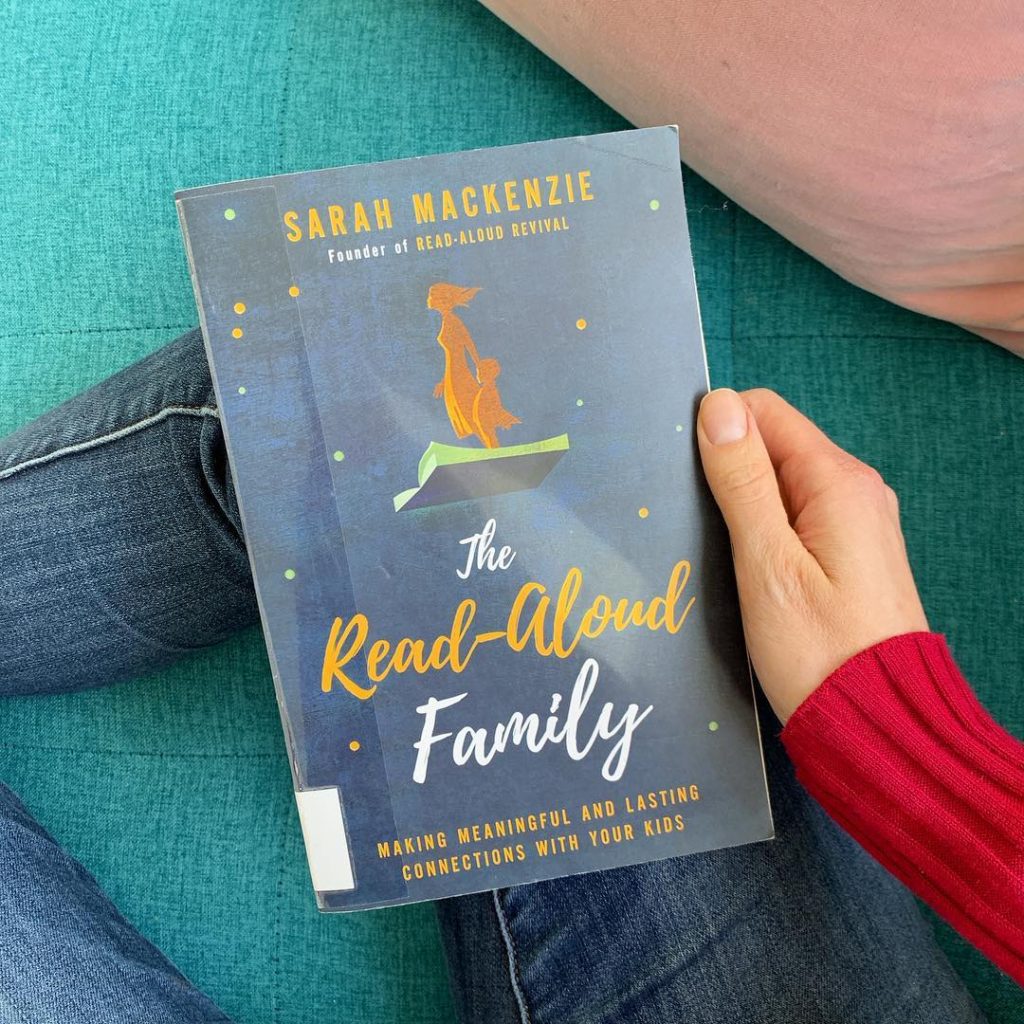The 10 Best Books I Read in 2021
For the first time in my life, this year I decided to start tracking the books I read. I had never seen the appeal, but now I do! I tend to read really quickly, and then almost immediately forget a lot of what I read. Being able to see the list of books is not only helpful for remembering the details of those books, but also helps me remember the books I loved or that struck a chord.
And it also is very helpful for making “best of” lists, it turns out! So, in case you’re looking for some great reads in 2022, I thought I’d share the 10 best books I read in 2021. I had a hard time narrowing it down and was tempted to make it a “15 best books” list, but I heroically chopped some books after all.
About half of these were 2021 new-releases, and the other half are older books that came my way for whatever reason. Hopefully one or a few of these will call your name!
(Also: I’m trying to be better about including trigger warnings for each book I recommend, but have a hard time remembering when a book needs them and for what (see: aforementioned memory issues). So, this is me doing my best, I hope I get them all!)
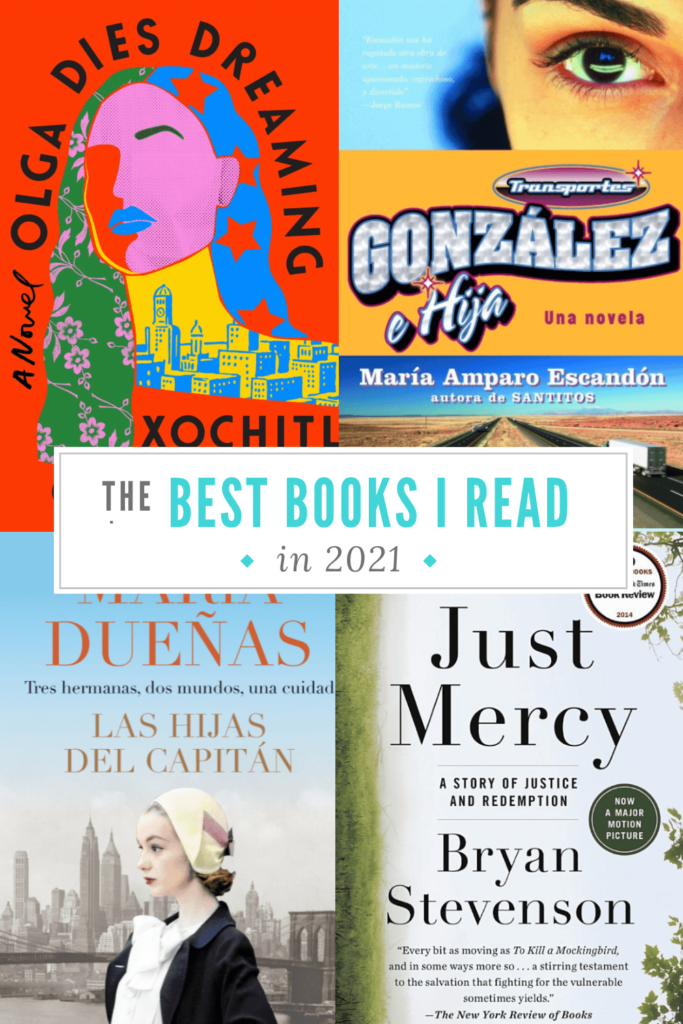
BEST BOOKS 2021
Olga Dies Dreaming by Xochitl Gonzalez
If I had to pick a favorite, this would probably be it. I just looked and this one doesn’t actually release until Jan. 4, 2022 (I got an early copy through Book of the Month), but I HIGHLY recommend grabbing it in the new year if you get a chance! Olga and her brother Prieto are high-profile New Yorkers: he’s a congressman, she’s a wedding planner for the super wealthy. It’s their background as hijos of their radical Boricua mom (a former Young Lord, who left them to be raised by their grandmother while she fought for la causa in Puerto Rico and beyond) that was the most interesting to me, though. I LOVED how this story weaved family secrets, political corruption, activism, a little romance and The American Dream™. I also appreciated how the novel is so rich with Puerto Rican culture and history– I learned a lot!
(TW for vulgar language, (implied) rape & sexual assault, death of a parent, drug use)
Transportes González e hija by María Amparo Escandón
Libertad González is serving a prison sentence in Mexico, where the rest of her fellow inmates have revealed (sometimes proudly) the reason they’re locked up. Libertad, however, can’t find a way to share her story until she opens a random book from the prison’s library and begins to “read.” Thus the prison club de lectura is born, where each week Libertad unfolds the next installment of her life story while turning the pages of random books. Born and raised on the road with her father (a former professor of literature who fled Mexico after a frightening experience in his past, to become a trucker in the U.S.), Libertad is a tremendous character that I fell completely in love with. And honestly I could say the same for a lot of the other eccentric female prisoners! I read this in Spanish which I HIGHLY recommend, but if that doesn’t appeal it’s also available in English as “Gonzalez and Daughter Trucking Co.” The storytelling in this one!
(Another TW here for misogyny, violence, and death)
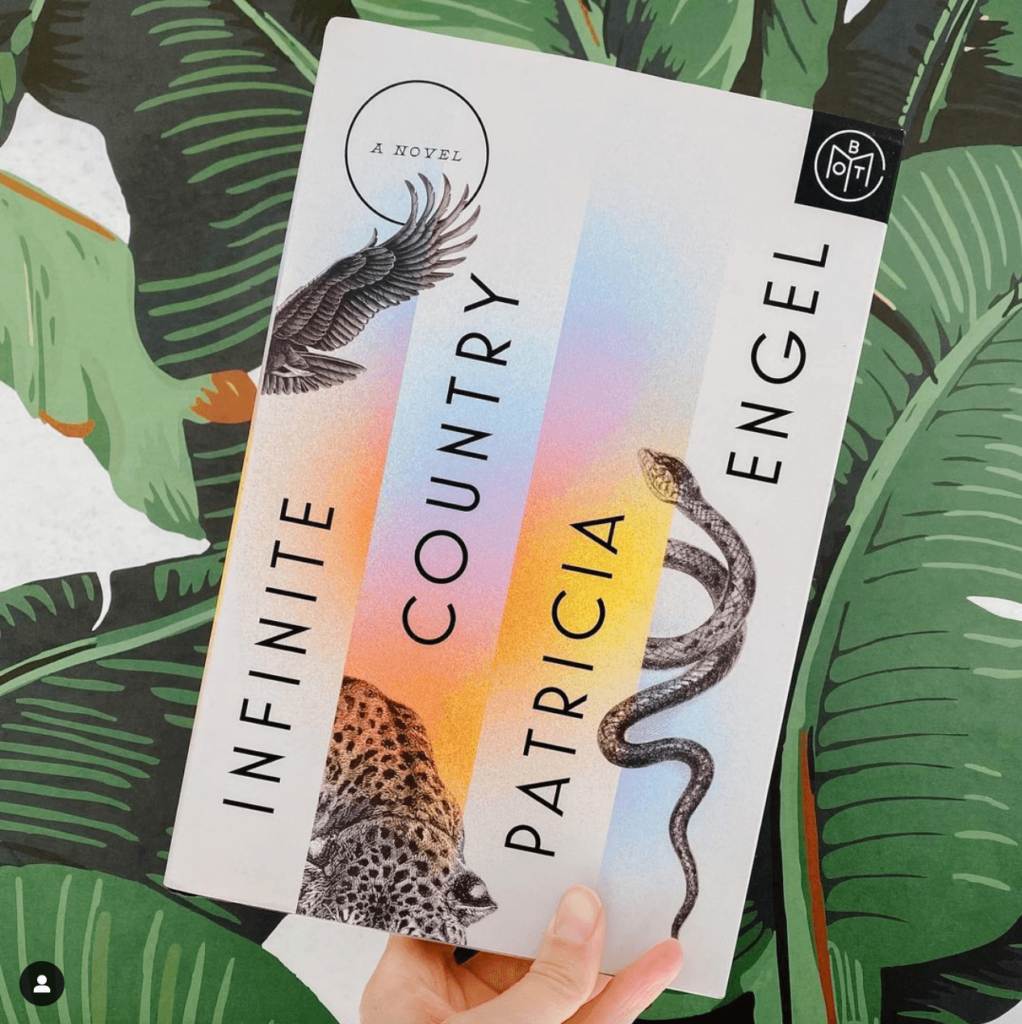
Infinite Country by Patricia Engel
When the book starts like this: “It was her idea to tie up the nun,” you know it’s going to be good. It’s the story of a Colombian family—half in the U.S. and half in Colombia—and I loved the way this book highlights so many different immigration experiences: a deported father, an undocumented mother, kids raised in the U.S. with and without U.S. citizenship, and a U.S. citizen raised in Colombia. Besides the fact that it was a joy to read such a nuanced immigration story (which is no small thing), the writing is incredible! (The mom in the story muses that her daughters, one born in Colombia but raised in the U.S., the other born in the U.S. but raised in Colombia, are like “repotted flowers, creatures forced to live in the wrong habitat.”) And though the author doesn’t shy away from writing the pain, overall this story is a gorgeous portrayal of hope and one family’s commitment to each other (that I couldn’t put down and blazed through in a couple of days).
(TW for sexual assault/rape and I think also alcoholism)
Layoverland by Gabby Noone
This book tells the story of Beatrice Fox, aka Bea. After she “ruins” the life of her younger sister Emmy, she goes for a tearful drive and gets in a car accident and… dies. But the story doesn’t end there! Instead of ending up in heaven or hell, she’s sent to purgatory (which in Layoverland is… a giant airport). To atone for her sins on Earth, she’s tasked with a role as part of the Memory Experience team, where she has to help 5,000 people resolve whatever issue is holding them back from moving on to heaven. Of course, one of the first people she’s paired with is a fellow teen named Caleb. It turns out, he’s the dude that crashed into her. And as much as she would love to see him suffer instead of helping him reach the pearly gates, in true YA fashion, a blossoming romance complicates things. This was a perfect vacation rom-com.
Just Mercy: A Story of Justice and Redemption by Bryan Stevenson
I had been meaning to read Just Mercy for a couple of years, but because I knew basically what it was about, it took me a while to get to it and also quite a while to get through it during YET ANOTHER pandemic year. It’s a heavy book, but I’m also so glad I finally read it. If you haven’t heard of this one yet (or watched the movie version), it’s a powerful story about the Equal Justice Initiative (EJI) and Bryan Stevenson, the lawyer who founded it. Just Mercy tells the story of the early days of the EJI, when the organization was just getting started defending the poor & the wrongly incarcerated. I learned so much about mass incarceration and the death penalty in the U.S. (I also cried multiple times, but hopefully understand better what kind of reforms are needed).
(TW for horrific racism, violence)
Outlawed by Anna North
I thought the premise of this book was really interesting: a “Speculative Western,” set in an alternate version of old-timey ‘Merica. It’s 1894, and in this imagined version of U.S. history, a woman’s fate is tied to her ability to bear children (to replace the enormous number of deaths from the Great Flu). And while Anna, the protagonist, has a bright future as an apprentice midwife, after a year of marriage with no baby, she has to flee everything she knows in order to avoid being incarcerated or hanged as a witch like all “barren women” are. She ends up joining the notorious Hole in the Rock Gang, a group of women and gender-fluid outcasts that have banded together as outlaws. This book was billed as super feminist, but it’s definitely not of the intersectional feminist variety (leans pretty “straight white feminist” IMO). I did find it very entertaining though!
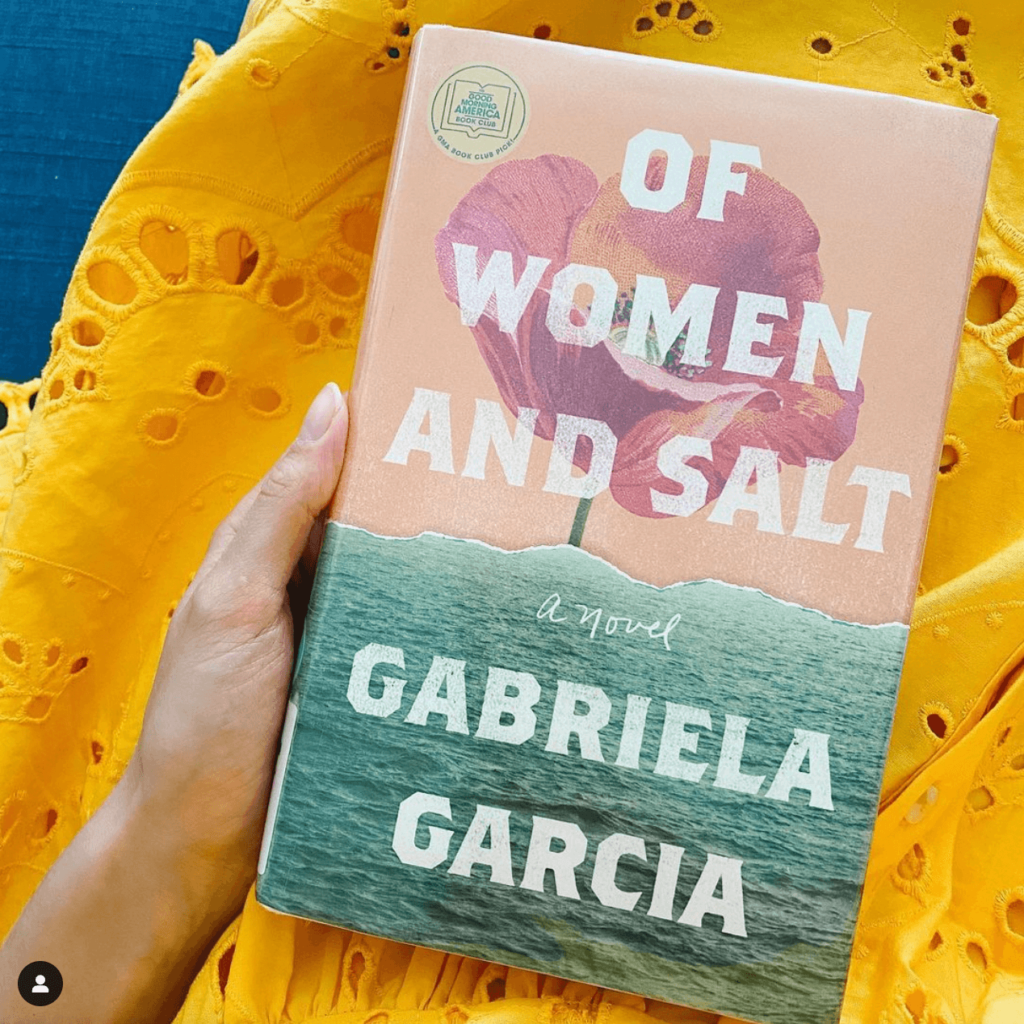
Of Women and Salt by Gabriela Garcia
Listen, you already know I love a good book about immigration! Following three generations of Cuban women from Cuba to Miami to Mexico (and a few places in between), this book is short-ish but really packs some powerful meditations on how immigration shapes the lives of our mujeres. While Jeanette battles addiction in present-day Miami, her Cuban immigrant mother Carmen tries to figure out how to help her (while also fiercely guarding the family secrets that made her leave Cuba in the first place). We also get the stories of Jeanette’s family members in Cuba, from her tatarabuela María Isabel rolling cigars in 19th century Cuba, to her present-day cousin. And a few chapters are dedicated to little Ana, the Salvadoreña neighbor Jeanette brings into her home after her mom is detained by ICE. If you’re thinking that’s a lot of storylines to pack into ~200 pages, you’re right; but author Gabriela Garcia writes her characters so generously that the lives of all of these mothers and daughters feel rich and true. Well worth the read!
(TW for some violent scenes)
Dumplin’ by Julie Murphy
My cousin sent this one along and it was just the perfect book to read over summer vacation! Willowdean, aka Will, is the self-proclaimed fat daughter of a beauty pageant mom. She’s always been at home in her own skin, has zero interest in the beauty pageant life, and is happiest hanging out with her all-American beauty of a BFF, Ellen. When Will gets a new job and meets Private School Bo, a hot jock, she’s surprised to find that he’s as into her as she is into him. It weirdly freaks her out, so she decides to reclaim her confidence by entering the Miss Clover City beauty pageant (inspiring a lot of other unlikely candidates to do so, too). Lots of Dolly Parton songs and references in this book, which just added to the awesome. This one is also a movie, apparently!
The Lincoln Highway by Amor Towles
Do you want to go on a road trip? Then pick this one up! It’s 1954 in Nebraska, and 18-year-old Emmett Watson has just finished his time at a work farm for accidentally killing a boy that was bullying him. His only family is his 8-year-old brother Billy, since their mom is long gone and their dad recently deceased. Emmett’s plan is to pick up Billy and head to Texas to make a new life there. But when the warden drives away, lo and behold, two friends from the work farm have hidden themselves in the trunk of the warden’s car and have a very different plan for how the next few days, and their own “fresh starts,” should look. Enjoyed this one so much I passed it on to my dad! Amor Towles is a very talented storyteller.
(TW for suicide)
Las hijas del capitán by María Dueñas
Last but not least is this giant! It took me a while to get into the story (and even longer to get through all ~800 pages), but once I did I was hooked. In 1936 NYC, the Arenas sisters & their mother have just migrated from Spain to join their father, who after years of sailing the world doing random jobs to support his family, has settled in New York and decided to run a restaurant. But almost immediately after they arrive, papá Emilio is killed in an accident, leaving his family to try to figure out a way in this new world. The sisters–Victoria, Mona and Luz–were super unhappy to leave Spain in the first place, so as you can imagine this new development is extremely unwelcome. I’ve loved Maria Dueñas’ previous books and so enjoyed reading about the Arenas sisters’ dreams, adventures, disappointments and feisty fight for survival in this one.
(TW for sexual assault)
***
Et voila! The 10 best books I read in 2021! I didn’t mean for this post to be soooo long but apparently I have a hard time summarizing books I loved. If you end up reading any of these, let me know what you think!
P.S. How to read more books, in case you need to make space in your life for reading before picking any of these up!

